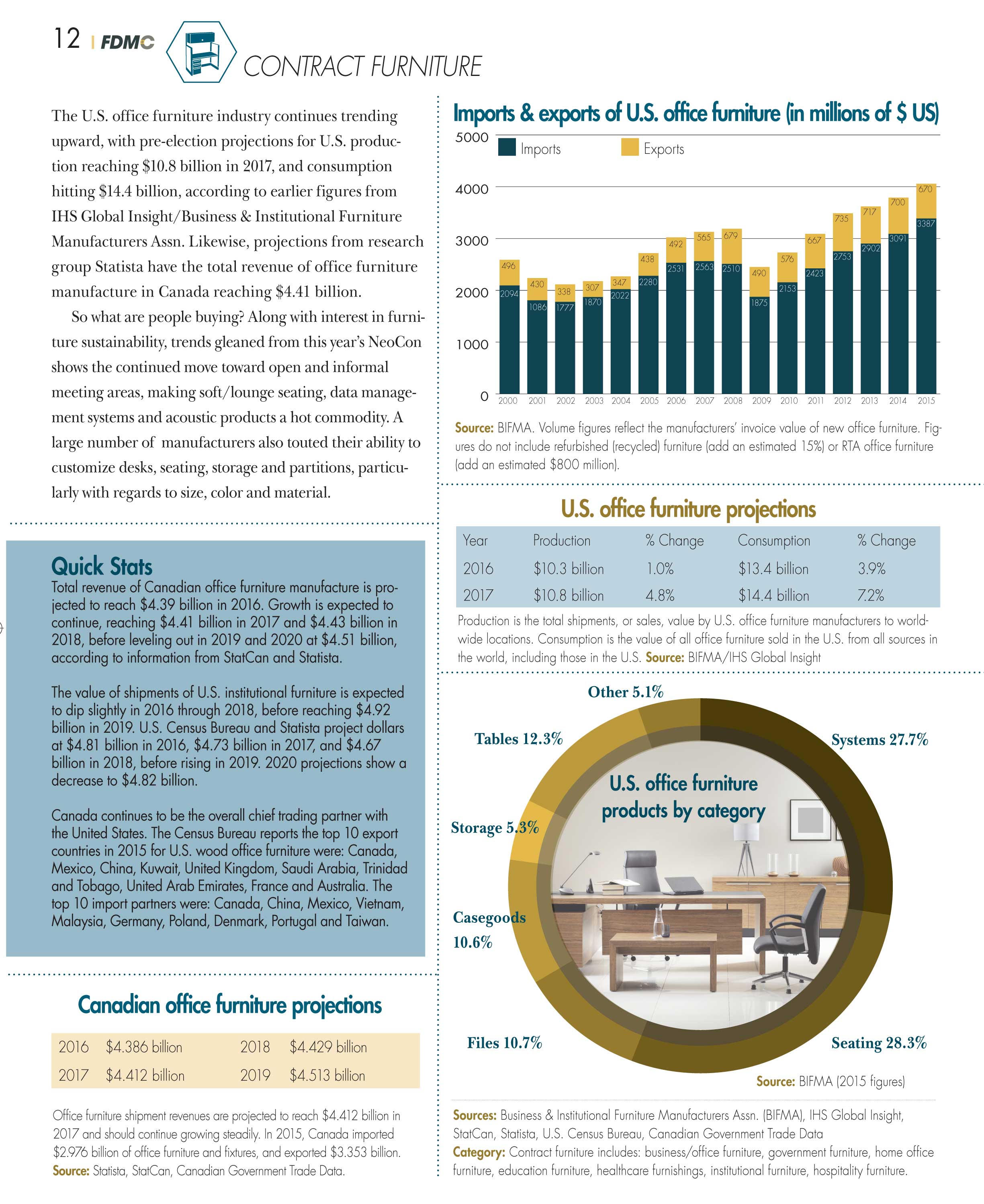Explore The Interesting Odyssey Of Reconditioning Historical Cupboards, Unmasking Covert Narratives And Decoding The Mysteries Of Previous Generations
Explore The Interesting Odyssey Of Reconditioning Historical Cupboards, Unmasking Covert Narratives And Decoding The Mysteries Of Previous Generations
Blog Article
Short Article Created By-Snider Stefansen
To start the journey of recovering antique cupboards, you require a keen eye for detail. Imagine discovering concealed tricks within each layer of history embedded in the timber. Picture the satisfaction of reviving a once-forgotten piece to its previous glory. Every step of this thorough process holds the vital to protecting the past while developing a future heirloom. So, are you prepared to embark on this transformative venture and unlock the possibility of your antique cupboards?
Examining the Cabinet's Problem
When beginning the remediation process, begin by evaluating the problem of the antique cupboard. Very carefully examine the general structure for any signs of damage such as fractures, chips, or loose joints. Inspect the timber for any kind of rot, warping, or insect infestation that might have taken place in time. It's important to identify the level of the remediation needed before continuing further.
Next, evaluate the cabinet's hardware such as hinges, knobs, and locks. Make note of any missing out on items or parts that need repair service or substitute. Make sure that all hardware is operating correctly and safely attached to the cupboard.
Additionally, evaluate under-cabinet lighting . Seek any scratches, discolorations, or discoloration that might affect the aesthetic charm. Determine if the surface needs to be stripped and reapplied or if a straightforward touch-up will be enough.
Gathering the Needed Tools and Products
After examining the condition of the antique cupboard, the next action is to gather the required devices and products for the repair process. Before you begin, ensure you have the adhering to items handy:
- wood cleaner
- sandpaper in numerous grits
- timber filler
- paint or timber tarnish
- brushes
- handwear covers
- safety and security goggles
- a dust mask
- a drop cloth
- a putty blade
- a hammer
- a screwdriver
- a vacuum
These devices and materials are important for an effective repair.
Wood cleaner is critical for getting rid of years of dust and crud build-up, preparing the surface for sanding. Sandpaper of different grits helps in smoothing out blemishes and preparing the wood for a new surface. Wood filler comes in handy for repairing any type of fractures, holes, or damages existing in the cabinet.
https://eduardoiqwdk.blogtov.com/9775947/discover-the-essence-of-area-and-craftsmanship-in-your-kitchen-area-restoration-by-working-together-with-a-local-expert or wood tarnish, along with brushes, allow you to customize the cupboard to your preference. Remember to use handwear covers, safety and security goggles, and a dust mask for protection. Lay down a ground cloth to protect your workspace, and use a vacuum cleaner to clean up any kind of particles.
With these tools and materials gathered, you prepare to begin the remediation process.
Executing the Reconstruction Process
To efficiently execute the repair procedure on your antique closet, start by thoroughly cleansing the surface area with the timber cleaner. This action is critical as it helps get rid of years of dust, crud, and old gloss that might have accumulated externally.
Once the closet is tidy and dry, analyze the problem of the timber. Try to find https://www.woodworkingnetwork.com/news/woodworking-industry-news/contractors-and-consumers-vote-hardest-home-renovation-jobs , scratches, or various other problems that need to be addressed. Use timber filler to fix any blemishes, ensuring to match the filler color to the wood tone for a smooth surface.
After the repairs have actually dried out, carefully sand the entire surface area to create a smooth and also base for the new surface. Be careful not to sand too boldy, as you don't want to damage the timber below.
Once the sanding is total, apply a timber discolor or end up of your choice, adhering to the manufacturer's directions. Permit the coating to completely dry completely before using a safety top coat to ensure the longevity of your restored antique cabinet.
Conclusion
Now that you have completed the restoration procedure, your antique cabinet looks as good as brand-new.
By complying with the step-by-step overview, you were able to assess, fix, and boost its condition effortlessly.
With a fresh surface and protective leading coat, your cherished item will continue to shine for several years ahead.
Enjoy the elegance of your recovered antique cabinet!
